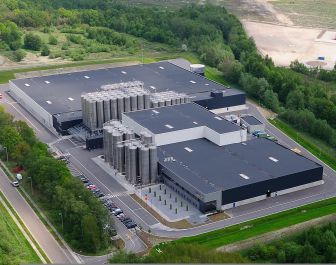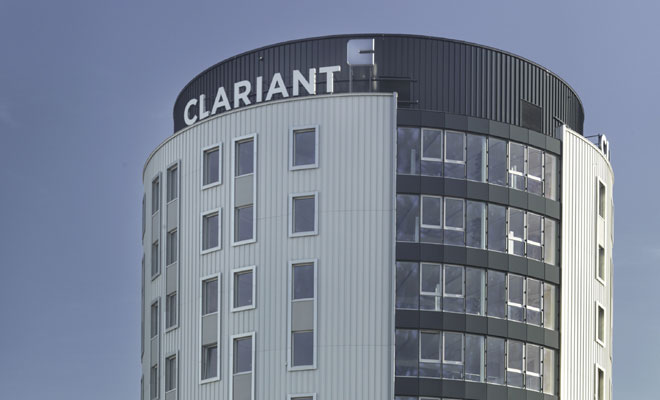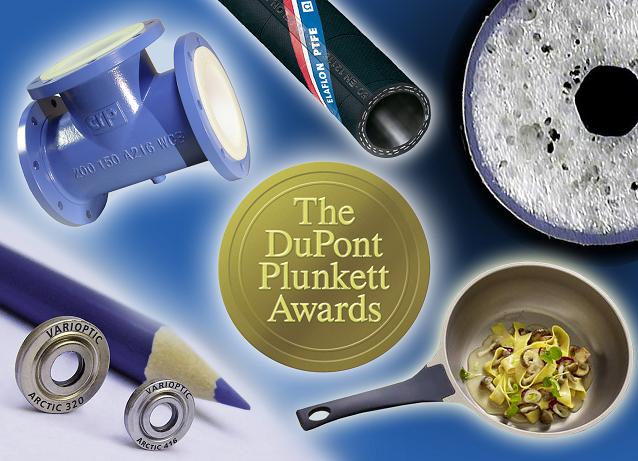
SABIC’s Innovative Plastics says it will boost the capacity of Stamax long glass fiber-filled polypropylene (LGFPP) composite resins as expansion at its manufacturing facility in Genk, Belgium, and is scheduled to complete in the second half of next year.
“When we constructed the Genk facility, we proactively built in scalability in anticipation of customers’ future needs,” said Leon Jacobs, Innovative Plastics’ Automotive leader in Europe. “It took only two years before we needed to scale up with this new production line because our Stamax composite resins have become a material of choice for a growing number of automotive applications.”
Stamax composite resins deliver similar stiffness performance to polyamide-steel hybrid (PA hybrid) systems, yet eliminate steel beam reinforcement. As a result, the material is said to make a vehicle lighter, leading to reduced fuel consumption and emissions.
According to SABIC’s Sustainable Product Scorecard, verified by GreenOrder, a sustainability consulting firm, an automotive front-end module made from Stamax composite resin can result in up to 44% lower energy footprint compared to a PA hybrid alternative from material sourcing through the end of product life, mostly as a result of the weight savings during vehicle use. Making 200,000 front-end modules with Stamax resin against a PA hybrid solution could save enough energy to power 14,900 homes in Europe for one year.
Compared to steel, Stamax LGFPP is light in weight, do not corrode and facilitate parts integration that can streamline the vehicle assembly process. SABIC says this high-performance material also provides strong strength and dimensional stability, high flow for thin-wall structural components and exceptional design freedom. In addition, Stamax provides high heat deflection temperatures, high stiffness, low thermal expansion and low creep.
The material, widely used in automotive front-end modules, door modules and seating structures before, is now used on tailgate structures and is also making inroads in under-the-hood applications where heat is non-critical, adds SABIC.
SOURCE : http://www.adsalecprj.com/Publicity/MarketNews/lang-eng/article-125547/Article.aspx








